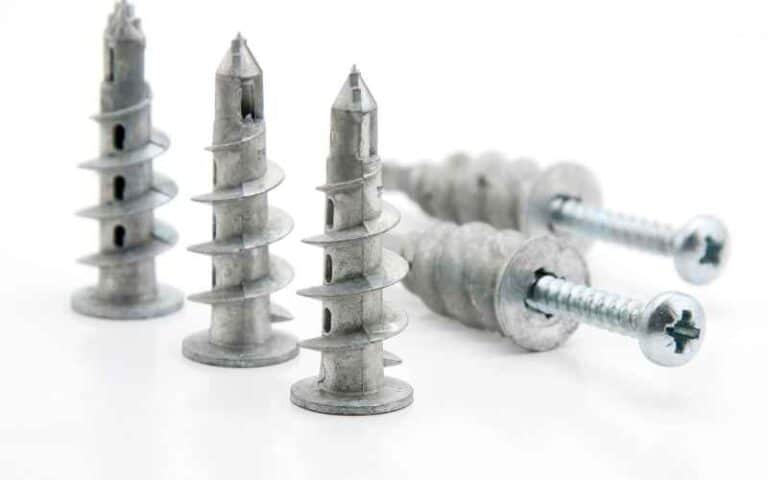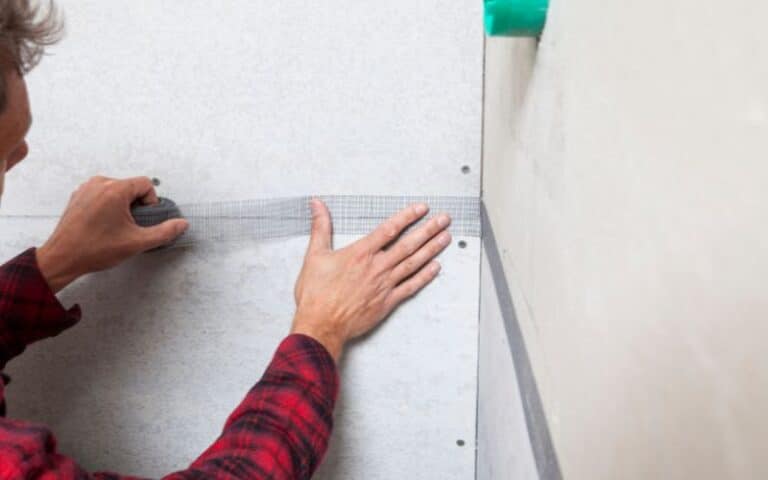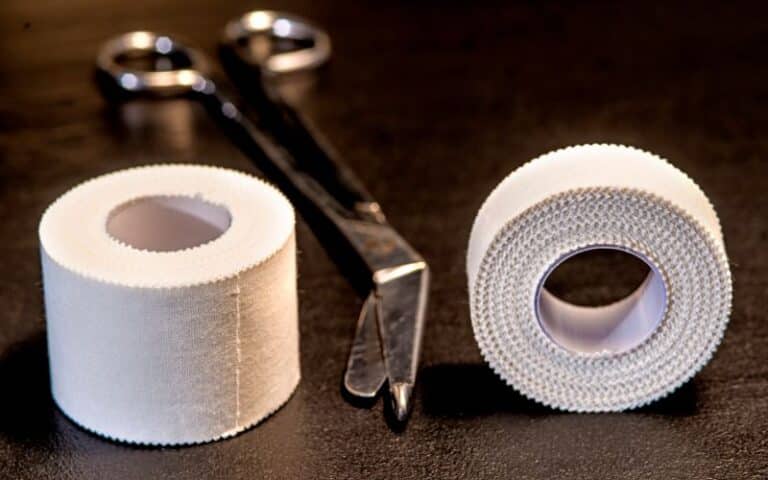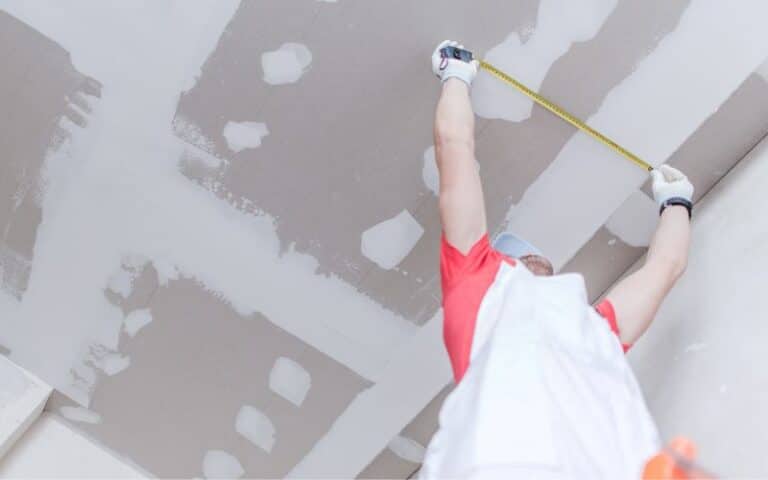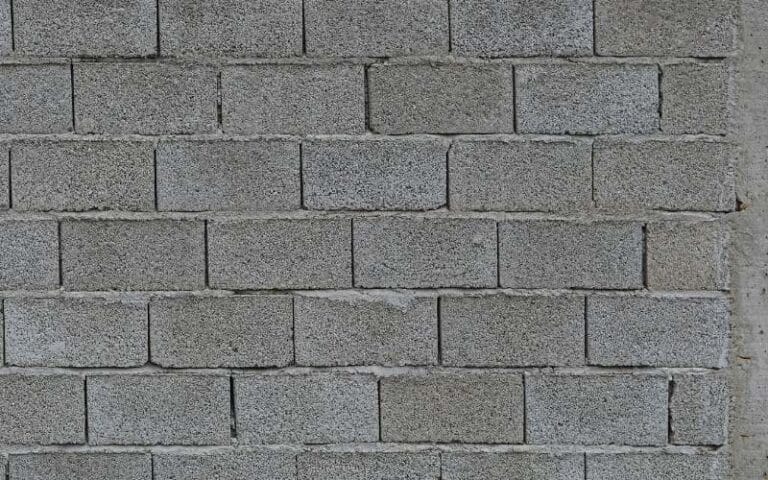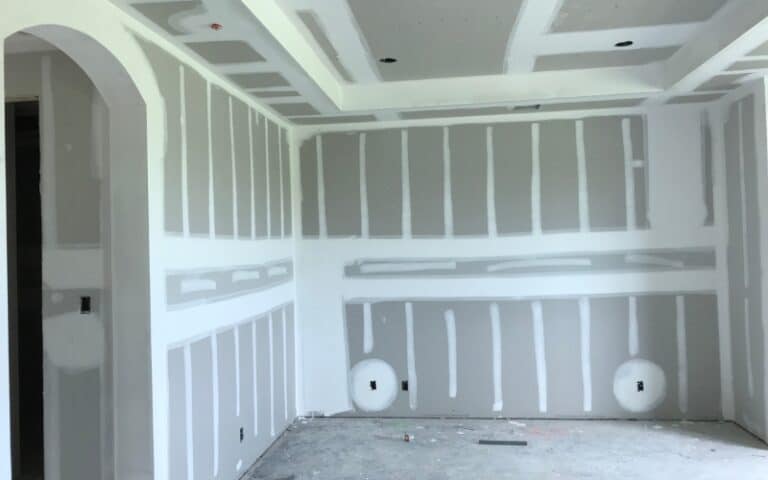Whether you’re a homeowner or a creative professional painter looking for a budget-friendly home improvement project, mixing paint with drywall mud can be your answer.
It’s a relatively simple process that can offer many benefits, from cost savings to improved aesthetics.
However, before you grab a bucket of paint and a handful of drywall mud, there are some things you should know.
You can mix paint with drywall. All you need is a bucket of paint and drywall mud, and you’re ready to start. First, pour the drywall mud into the paint and stir them together until the mixture is smooth. Then, you can start painting with your new paint mixture.
What are the right types of paint and drywall mud to use? How should you mix them for the best results? And what are the potential risks of this technique?
In this article, we’ll explore all these questions and more so you can decide whether mixing paint with drywall mud is right for you.
Ready for a Drywall Quiz?
Can You Mix Paint With Drywall Mud?
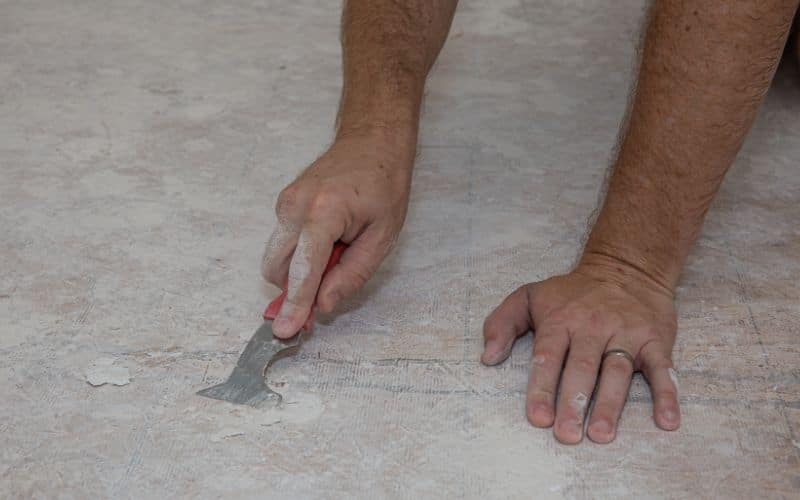
You can mix paint with drywall mud. However, you can only do this for some specific purposes, depending on your desired outcome.
As much as experts don’t often recommend mixing paint with drywall mud, they do advise that you can do so if you want to create texture on your wall or ceiling.
Note that drywall mud thickens paint, creating a heavy texture for your wall or ceiling. Moreover, drywall mud mixed with paint allows for a smooth texture.
However, the texture of your finished product will depend on three major things:
- The ratio of paint to drywall mud.
- The technique you use to apply the paint to the drywall mud.
- The tools you choose to work with.
For example, if you use a towel to apply your mixture to your wall, you will obtain a rustic, uneven surface. Also, you can dilute the drywall mud with water and spray on your wall.
Once you spray the drywall mud, you can apply paint over the mud, thus allowing you to achieve an orange-like texture.
Moreover, you can apply sand to your mixture and apply the resulting mixture on your desired surface. However, this will create a gritty texture as opposed to a smooth texture.
Therefore, you can resort to mixing paint and drywall mud to create texture for your surface. However, experts recommend that you apply your mixture on a small surface first.
The application of your mixture on small surfaces is for experimentation, which will allow you to analyze and customize your final outcome.
Why Do Professionals Mix Paint With Drywall Mud?
Professionals mix paint with drywall mud for a few reasons.
First, mixing paint with drywall mud helps to create a smoother and more even surface on the walls. Professionals can achieve a more seamless finish by mixing paint with drywall mud.
Also, mixing paint with drywall mud can help improve the paint job’s durability and longevity.
Drywall mud, a thick substance that dries hard, provides a solid base for the paint to adhere to, which can help prevent the paint from cracking or peeling over time.
Moreover, mixing paint with drywall mud can help to reduce the number of coats needed to achieve full coverage.
Finally, drywall mud is typically white or off-white; by mixing it with paint, professionals can create a tinted base coat that closely matches the final color.
Note that not all professionals mix paint with drywall mud. Some may prefer to use a separate primer or apply multiple coats of paint.
The decision to mix paint with drywall mud can depend on factors such as the condition of the walls, the desired finish, and personal preference.
Of course, mixing paint and drywall mud has certain pros and cons. Here are a few of them:
| Pros | Cons |
|---|---|
| Mixing paint and drywall mud creates a smoother and even texture on the walls. | Mixing paint and drywall mud may restrict your color choices |
| The combination of paint and drywall mud increases the durability of the wall surface | The combination of paint and drywall mud can increase the drying time of the project. |
| Mixing paint and drywall mud allows you to create unique finishes and textures. | Achieving a consistent mixture of paint and drywall mud can be challenging |
| Mixing paint and drywall mud can save money using fewer materials. | The mixture of paint and drywall mud may be more prone to cracking over time. |
| The mixture of paint and drywall mud may be more prone to cracking over time. | Once you mix paint and drywall mud, undoing the effects can be challenging. |
What Is The Best Ratio For Mixing Paint With Drywall Mud?
The paint-to-drywall mud ratio can vary depending on your desired outcome and the specific project requirements.
However, there is no specific answer to the best ratio, as it depends on personal preference and the application you need.
That being said, a commonly recommended starting point is to mix one part paint with ten parts drywall mud.
This ratio is often for texturing walls or ceilings, as it allows for a smooth and consistent application while still providing enough paint for color coverage.
Nevertheless, you may adjust this ratio based on the desired texture and thickness of the mixture.
If you’re looking for a more precise ratio, it’s always a good idea to consult the manufacturer’s instructions for your paint and drywall mud products.
These instructions often provide guidelines and recommendations for mixing ratios to achieve the best results.
Note that some painters prefer to mix paint and drywall mud separately and then combine them in a separate container. It allows for better control over the consistency and color of the mixture.
Experimenting with different ratios and techniques can help you find the best ratio that suits your needs and preferences.
Can You Mix Drywall Mud With Latex Paint?
You can mix drywall mud with latex paint. Latex paint is water-based paint commonly used for interior and exterior painting projects.
When mixing drywall mud with latex paint, it is important to follow certain guidelines to ensure a successful outcome.
First, use a premixed joint compound specific for painting purposes. These types of joint compounds are compatible with latex paint and provide a smooth and durable finish.
To mix drywall mud with latex paint, you will need a clean container, a mixing paddle, or a drill with a mixing attachment and the desired amount of joint compound and latex paint.
Then, pour the joint compound into the container, followed by the latex paint. The joint compound to latex paint ratio can vary depending on your desired consistency and coverage.
However, a common ratio is 1 part joint compound to 10 parts latex paint.
Furthermore, once the joint compound and latex paint are in the container, use the mixing paddle or drill attachment to mix the two substances thoroughly.
Make sure to mix until you achieve a smooth and uniform consistency.
Mixing the joint compound and latex paint well is important to ensure that the paint sticks properly to the surface and provides a consistent finish.
Before applying the mixed compound to the surface, test it on a small, insignificant area to ensure your desired consistency and color.
You can adjust the joint compound to latex paint ratio to achieve your desired results if necessary.
When applying the mixed compound to the surface, use a paint roller or a trowel to spread evenly.
Finally, apply a thin compound layer and allow it to dry completely before adding additional coats.
Remember, following the manufacturer’s instructions for drying times and application techniques is important.

